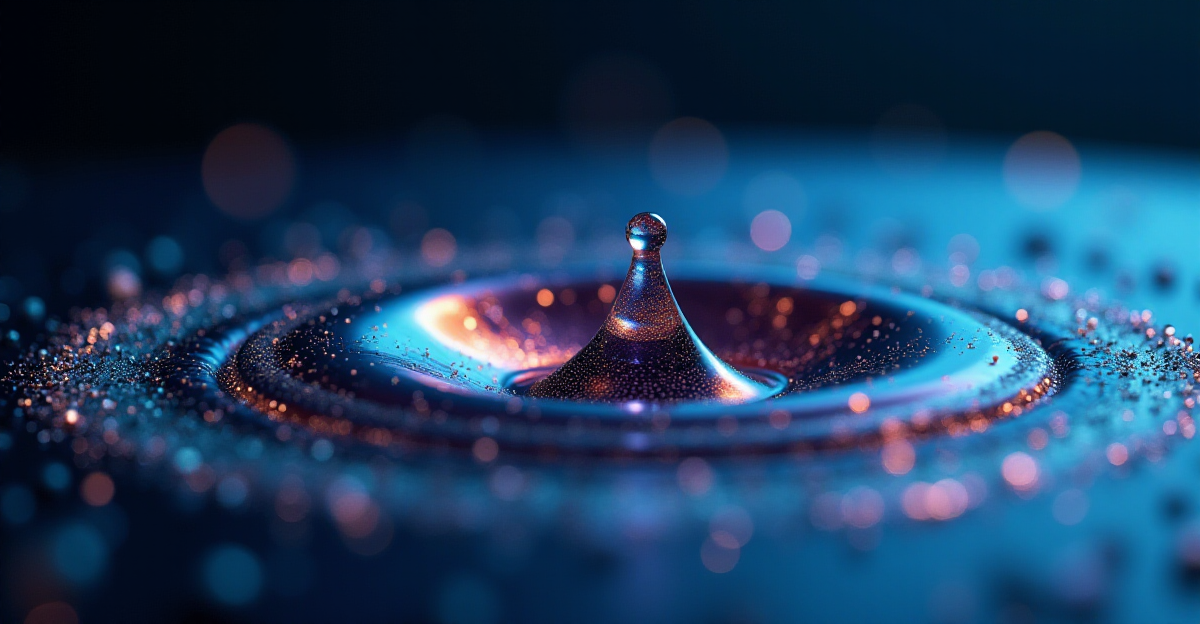Quantum Fluid Holography: Simulating Black Holes in a Droplet

Using common liquids, the developing discipline of quantum fluid holography helps researchers investigate gravitational events. By means of my study on quantum fluids, I have investigated how these systems could act as analogues for comprehending intricate cosmic events. Deep relationships between quantum fluids and gravitational systems are suggested by the holographic principle. Recent studies have ...
Read MoreSonic Black Holes: Creating Universe Analogues in the Laboratory

One of the most clever methods scientists are investigating cosmic events without leaving Earth is through sonic black holes, sometimes known as acoustic black holes. Having worked on experiments producing sonic black holes with Bose-Einstein condensates, I have seen how exactly these systems replicate their cosmic counterparts. These lab models replicate the behavior of light ...
Read More









